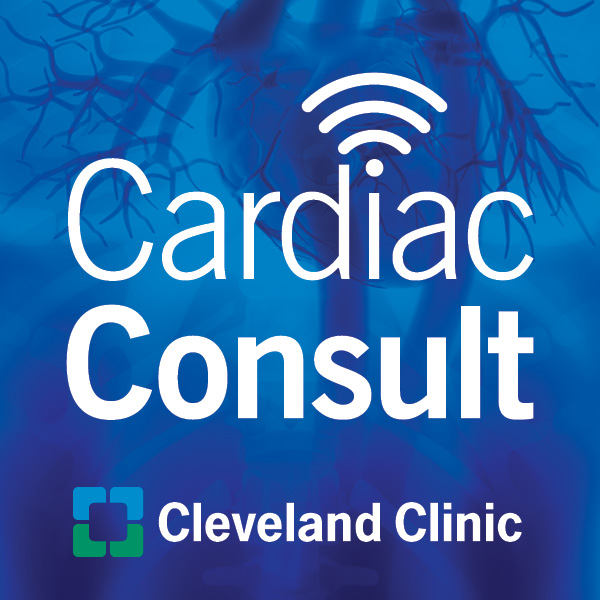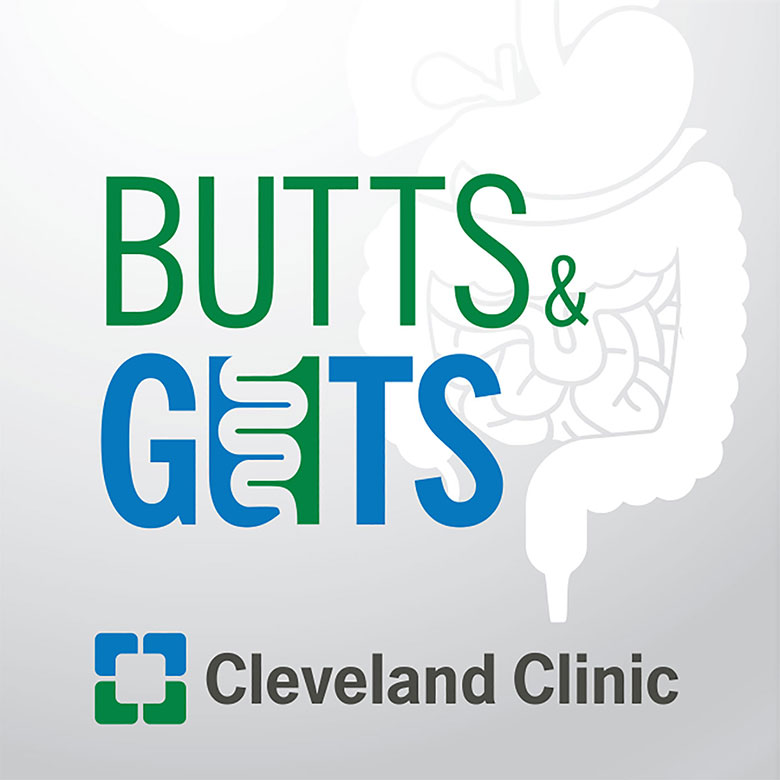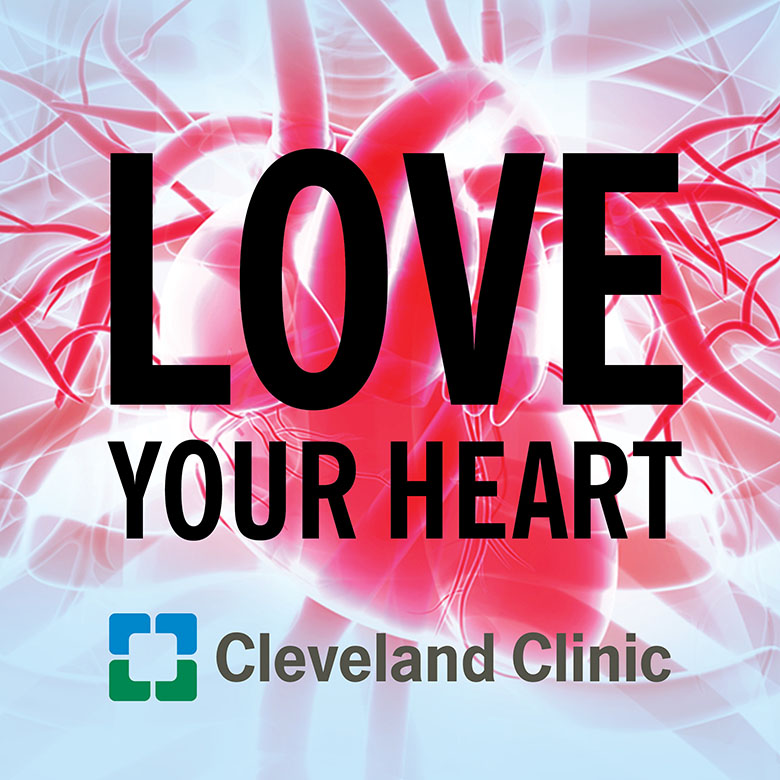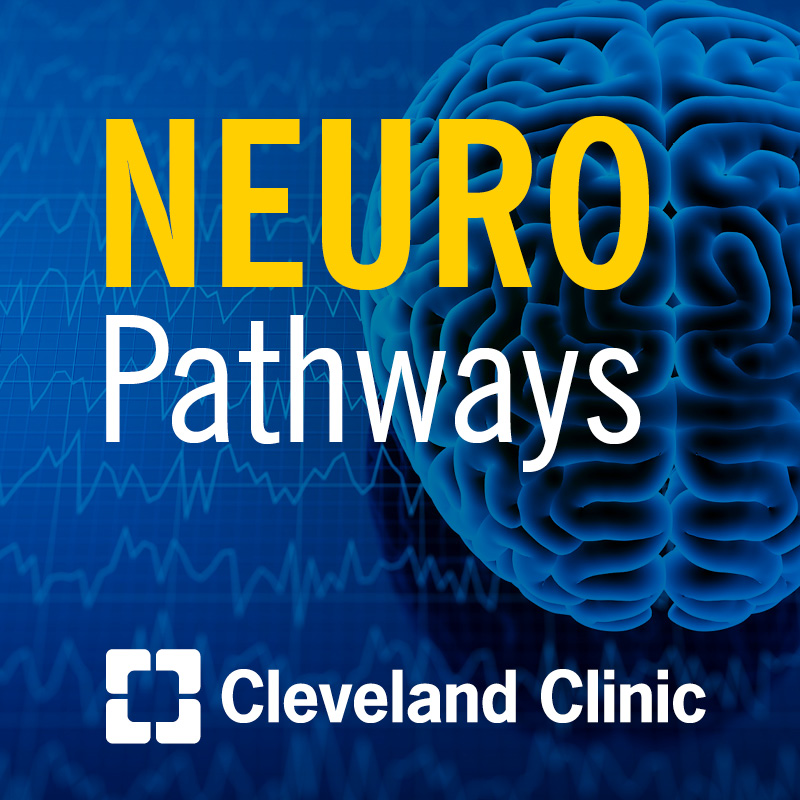Lung Transplant Update

Kenneth McCurry, MD, provides an update on Cleveland Clinic Heart, Vascular and Thoracic Institute's Lung Transplant Program.
Subscribe: Apple Podcasts | Podcast Addict | Buzzsprout | Spotify
Lung Transplant Update
Podcast Transcript
Announcer:
Welcome to Cleveland Clinic Cardiac Consult, brought to you by the Sydell and Arnold Miller Family Heart, Vascular and Thoracic Institute at Cleveland Clinic.
Kenneth McCurry, MD:
Well, good morning. Certainly, happy to be here today and certainly my privilege on behalf of our lung transplant program, which I think is truly nationally known and internationally known to present some sort of innovative things that we're doing and our outcomes.
So, as with many of the other programs, I think at our enterprise and at other enterprises, the last few years have been a bit difficult for our lung transplant program, particularly during this respiratory-associated pandemic. It really hit our lung transplant program hard, both for patients that we were attempting to evaluate as well as our patients after lung transplantation, who unfortunately suffer from a very high mortality if they contract COVID. But as I'll show you in a second, and in keeping with the theme that Dan brought up earlier, our team responded in an exceptional way to be able to maintain our program and to maintain this therapy for our patient population. So really truly, some of the people I've highlighted on this slide in terms of the fly-out teams, nursing and coordinators, but certainly many, many others that participated in really a herculean effort to keep things moving well.
So, with this effort, we continue to maintain and to be a resource for all of the United States and indeed all of the world. We have received referrals from across the country over the last decade or 15 years. About 20 to 25 percent of the patients that we see in our lung transplant program for evaluation have been declined by at least one other lung transplant program in the United States. And the same is true for some of the international referrals that we have as well. We have some areas of specialty and expertise. We typically do at least four lung-livers a year. So, we have expertise centered around dual-organ transplantation and typically perform at least a couple of heart-lung transplants on a yearly basis as well.
So, despite this high-risk population, we continue to do quite well. Shown here are our volumes over the last four or five years. I will note that we're one of two lung transplant programs in the United States that have consistently done more than 100 lung transplants a year for the last decade. And our national rank typically is anywhere from one to three over the last decade, depending on the year-to-year volume. But that tier at the top is quite coalesced in terms of one or two or three lung transplants here or there. So really a significant volume and a significant effort to offer this to our patient population.
And again, despite the complexity of our patients, we continue to maintain a perioperative, and it won't show it, but one in three-year survival that is quite good and well within the range, I think, on a risk-adjusted basis given the complexity of the patient population.
So, one of the ways we do this is with EVLP. EVLP is shown here, Michael mentioned it earlier, the heart transplant program is engaging in this activity as well. So, we've been involved in this on a clinical basis in the lung transplant program for about five or six years. We are indeed a world leader in this regard. We have significant expertise in this. We have two patents centered around this technology and evaluating lungs. And what this does is it essentially allows us to use lungs that others won't use. So, lungs that are declined because they're felt to be marginal after we've evaluated them, decided that we can't go directly to transplant. We use this technology to be able to evaluate them and indeed to make them better, so to improve the lung function so they're ultimately transplantable.
Shown on the right side are some of the categories of lungs and reasons for decline by others that we've used. This has really helped us maintain our volume and to be at the cutting edge of both clinical volume and innovation in the United States. This sort of technology machine profusion of organs is one that's really beginning to take hold in a lot of different organ transplant programs across the country and across the world. Our liver program has been very active for the last 2, 3, 4 years in ex vivo liver profusion as well. Our intestine program is engaging in this, as is our soft tissue transplant program as well.
So indeed, our survival, although again, this is unadjusted, much as Faisal mentioned, this is unadjusted compared to lungs that went straight to transplant. But overall, unadjusted survival is actually better with these marginal lungs that have undergone EVLP and evaluation than with lungs that we take straight to transplant.
So, instead of trying to compete with Sid on a humor basis, which is I believe impossible for most of us or all of us, what I decided to do was to trend more in the tear-jerker direction. So, I wanted to highlight a patient. I think that really exemplifies what we do, really the heart of our program and how the team responds when they really need to.
So, this is JC, Mr. JC shown on the left, shown with his wife and two small children. And Mr. JC had a form of pulmonary fibrosis that is familial and that's a progressive disease where the lungs gradually get more and more fibrotic, patients get more and more short of breath and ultimately die generally within six to eight years or so of diagnosis. So, he was actually doing reasonably well and had never been seen by our lung transplant program, but in August of last year suffered an acute exacerbation and this sometimes happens with this disease, with this IPF, where patients get quite sick and admitted to the hospital with respiratory failure. And shown here is him shortly after admission on a high flow nasal cannula in our ICUs with his two small children.
Within a few days to a week or so he got much worse, ultimately requiring intubation, underwent a rapid evaluation by our lung transplant program, given his immobility and being intubated in the ICU. He was ultimately placed on ECMO by our ECMO team, which between the ECMO team, the ICU nurses, respiratory therapists, and the other staff did an outstanding job of getting him up and mobile on ECMO, and this is on veno-venous ECMO. And this is something that we've been doing at this institution now for about eight years. Our outcomes are much better when patients are up and ambulatory prior to a transplant, when they're acutely ill and they're lying in bed and had been deconditioned for a while, as you might suspect. So, he worked quite hard, as did the team to get him ready for his transplant.
Ultimately, about five weeks after being admitted to the hospital, he was transplanted, and remained in the ICU for about a week and a half to two weeks. And this is his first day out of the ICU watching the sunset from the roof about two weeks after his transplant. Ultimately went home within a couple of weeks, this was his first day home. His vocation, his calling if you will, was that of an artist, a tattoo artist. And this is him within a couple of months of returning home doing his first tattoo actually on his wife. That's his wife there, she was the volunteer to see how his tremor was working out. And this is actually what he did. So quite spectacular and artistic, I think. This is him subsequently a month or two later with his newborn child. So, the thing I did fail to mention is at the time of admission, his wife was in the hospital in August of last year. His wife was nine months pregnant, and she ultimately gave birth to a daughter, and this is him.
So, he and his wife continued to remain involved in our lung transplant program and indeed serve as mentors for other patients who are undergoing evaluation for lung transplantation. So, thank you. Thank all the teams again for their efforts and participation in this program.
Announcer:
Thank you for listening. We hope you enjoyed the podcast. We welcome your comments and feedback. Please contact us at heart@ccf.org. Like what you heard? Subscribe wherever you get your podcasts or listen at clevelandclinic.org/cardiacconsultpodcast.

Cardiac Consult
A Cleveland Clinic podcast exploring heart, vascular and thoracic topics of interest to healthcare providers: medical and surgical treatments, diagnostic testing, medical conditions, and research, technology and practice issues.



